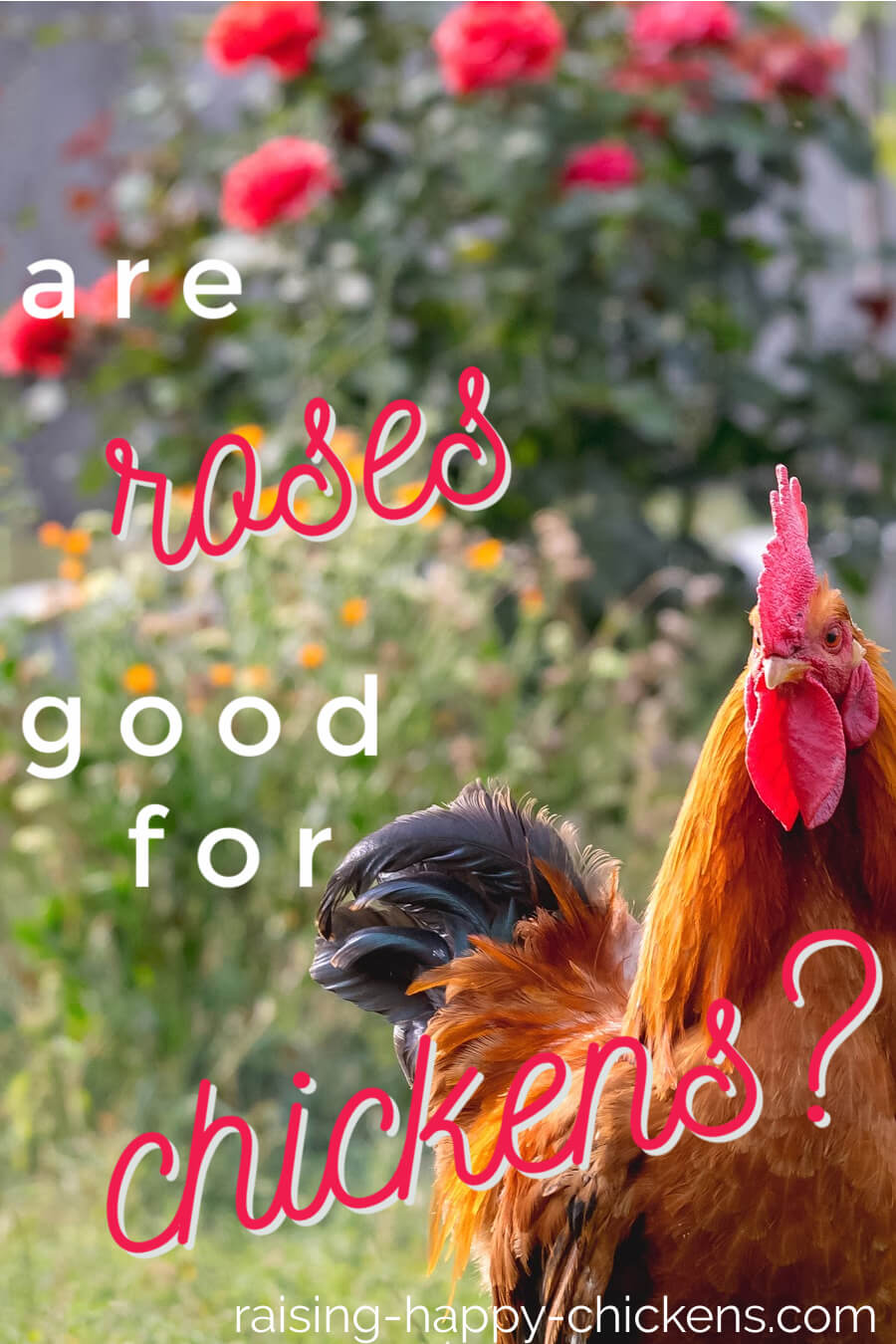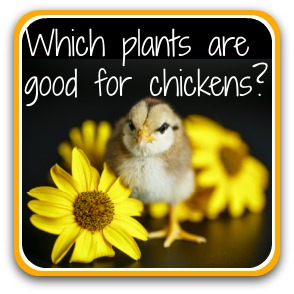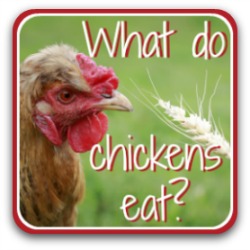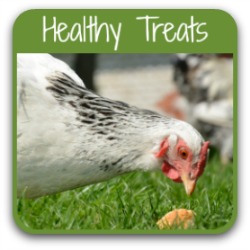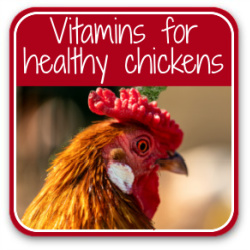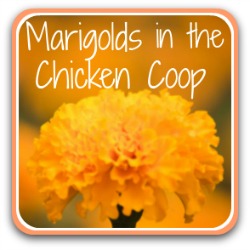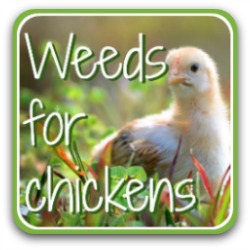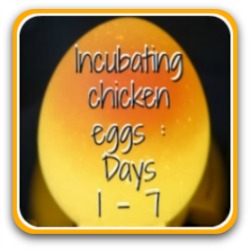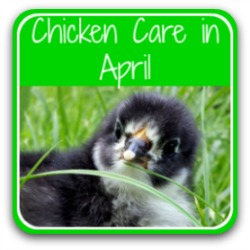- Home
- Plants for Chickens
- Roses and hips
Can chickens eat roses and rose hips?
Find out which type of rose works best to keep your flock healthy during the winter. What are the benefits, and how should they be fed?
Whether chickens can eat roses and whether they will are two different questions.
Can they? Absolutely, unless the plants have been sprayed with any kind of chemical, of course.
Will they? That depends on two things: the chickens and the rose.
Personally, my chickens won't touch rose petals. Picky? Yep.
Other people's will. But it does seem to depend at least partly on the rose.
There's some very limited evidence that darker coloured roses – deep red, for example – which have an aromatic smell, also taste more flavoursome.
Are rose petals good for chickens?
You'll find information around the internet claiming that rose petals are full of vitamins and minerals and that rose water, made from steeping the petals in water, can cure everything from eczema to dementia.
In fact, they're 95% water and have very limited nutritional benefit(1).They do contain a little Vitamin 'C' and they certainly won't harm your flock.
But, at least as far as chickens are concerned, that's about it.
Which plants are beneficial for chickens?
So if rose petals are of no real value for chickens, why do I include roses in this short video?
Two words: rose hips.
Rose hips for chickens: good or bad?
Rose petals may be of no real benefit, but don't write the rose off yet. Because the fruit of the rose – the hip – certainly is.
What are rose hips?
Rose hips are the small, red or orange fruits left on the plant after the petals have fallen. You'll see them in hedgerows in the autumn and winter and, if you're lucky enough to have the right type of rose, in your garden.
They don't happen on all roses, though: modern varieties tend not to produce them. Look in particular for the large, rounded hips of any variety of the 'Rosa rugosa', also known as the 'wild', 'beach' or 'Japanese' rose...
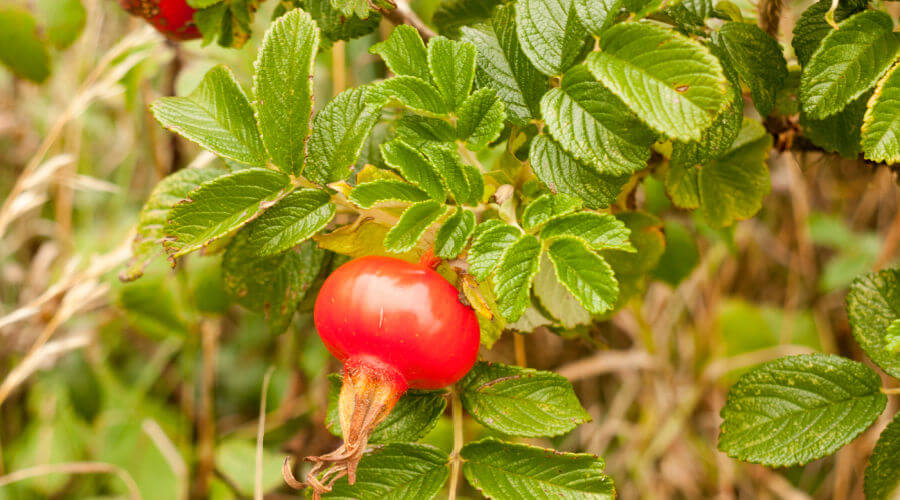 The rosa rugosa hip is more rounded than the rosa canina.
The rosa rugosa hip is more rounded than the rosa canina....and the plentiful, more elongated hips of the 'Rosa canina' or dog rose.
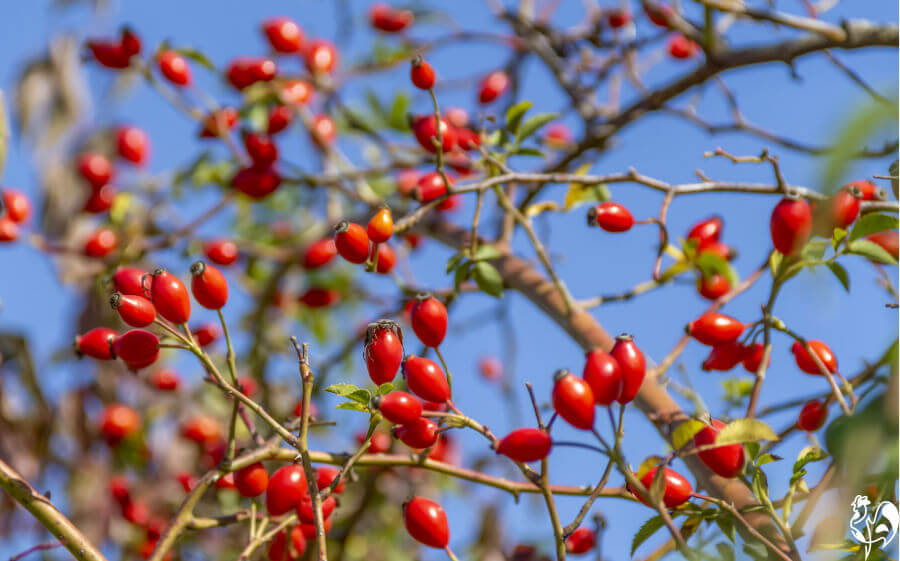 Hips of the dog rose, rosa canina growing in a hedgerow.
Hips of the dog rose, rosa canina growing in a hedgerow.Both these varieties are the closest to a wild rose, and both produce health-giving hips in abundance – the dog rose in particular.
If the hips are left on the plant you'll see wild birds eating them, and with good reason. Their nutritional value is immense.
And both varieties are great for pollinators. They have beautiful flowers all summer which attract bees and butterflies, before putting out their hips in the autumn.
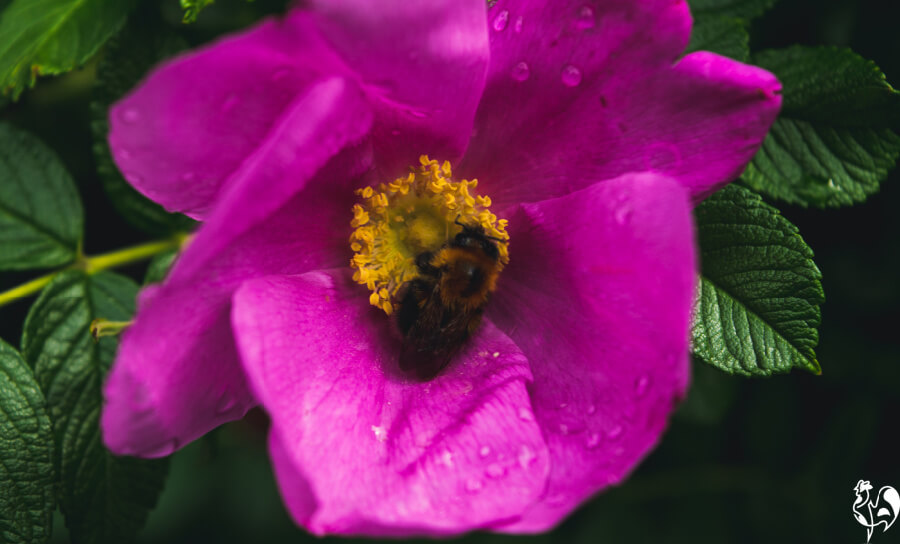 The dog rose is an excellent source of pollen for bees during the summer.
The dog rose is an excellent source of pollen for bees during the summer.Again, massive claims are made for them in terms of human value: they're said to ease the pain of arthritis, soothe colds (ever have rose hip syrup when you were young?) and regenerate skin.
But what proven benefits do rose hips have specifically for chickens?
Exactly what good do rose hips do for chickens?
At the very least, rose bushes of any variety can provide welcome shade for chickens during the heat of the summer. And the chickens tend not to eat them, which is always a bonus.
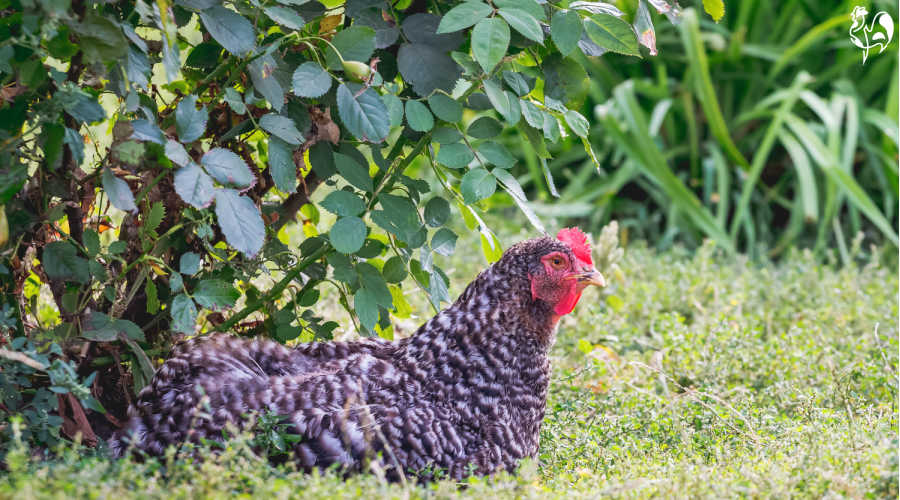 Rose bushes in general are good for summer shade!
Rose bushes in general are good for summer shade!But the real benefit is in using the hips as an addition to their winter food rations.
Vitamin 'C', antioxidants and rosehips.
Amongst all fruits, rose hips contain the largest amount of vitamin 'C'(2). In fact, there's at least twenty times more vitamin 'C' in a rose hip than an orange(3).
They're also high in vitamins 'A', 'B', 'E' and 'K', have a high iron content(1, 2) and contain high amounts of minerals.
The most important function of vitamin 'C' in poultry is to clear up unstable cells which might otherwise lead to cell breakdown and critical illness.
So it's an antioxidant.
In cold weather, chickens have been shown to be less able to properly process vitamin 'C'(2), which is why they become more susceptible to illness.
The other nutrients carried in hips – not only the vitamins but carotenoids like lycopene and lutein, which also boost the immune system(4, 5) – add to their benefits.
So it's perhaps not surprising that Rosa canina (the dog rose) has been authorised by the European Parliament as a natural supplement which it's safe to add to livestock feed.
Where's the proof of rose hip benefits for chickens?
It's right to say that chickens cope better with cold than they do with heat. Keeping cool in summer is one of their biggest problems.
But there can be issues in winter too.
Almost all the food they consume in winter is used to maintain their body temperature and combat the stress of cold temperatures.
So body growth and egg-laying slow down or stop and the immune system becomes much less effective(2). Studies also show that the amount of blood cholesterol a chicken produces in cold conditions rises(e.g. 2, 5).
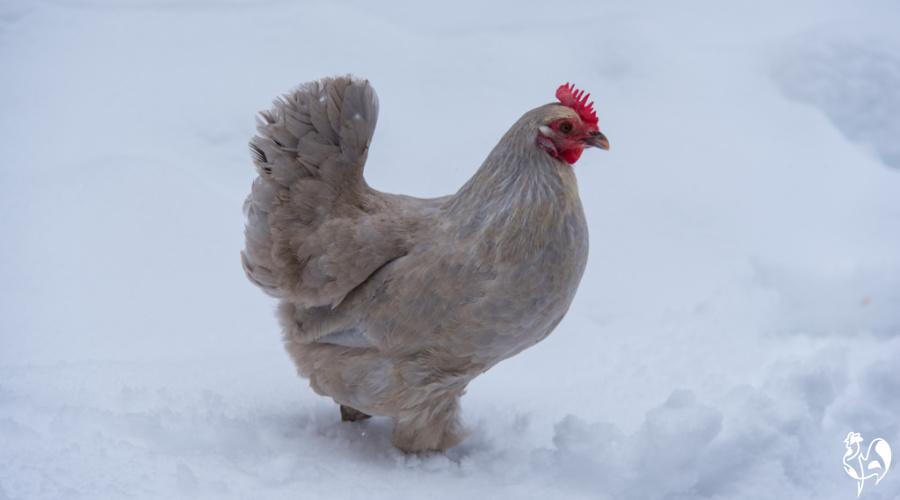 Chickens can benefit from added nutrients in the winter.
Chickens can benefit from added nutrients in the winter.The study undertaken by Tekeli(2) and ratified by others(e.g. 5) clearly showed that adding rosehip to chicken feed helped reduce all those effects:
"The findings of the current study revealed that oxidative stress in broilers induced by cold weather conditions can be reduced by the use of rosehip in broiler rations".
Why?
- Vitamin 'C' is essential for particular enzymes in the body to function well. It also improves food efficiency – the way the chicken processes the food it eats.
- Rosehip seeds decrease cholesterol lipids and triglyceride levels – the fats associated with heart disease.
But the studies also showed the amount of rosehips added to the feed is critical.
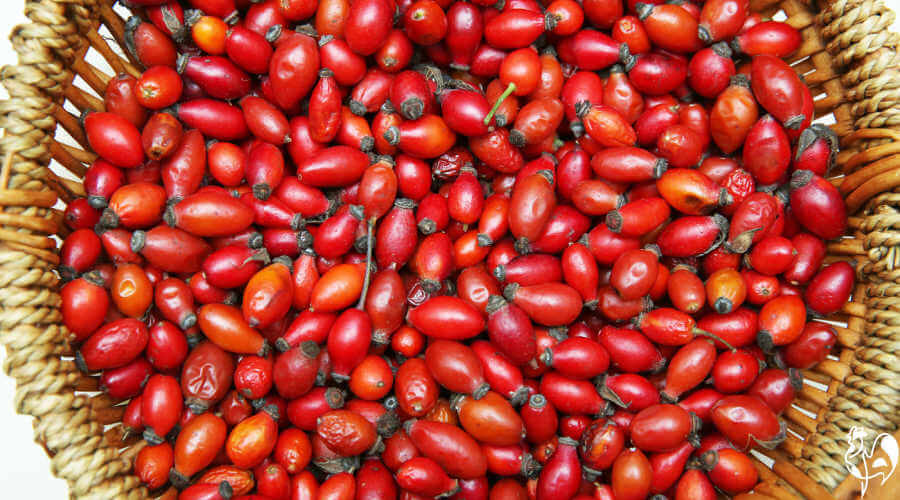 Be careful how much rosehip you feed!
Be careful how much rosehip you feed!How much rosehip should I add to their feed?
The studies showed clearly that chickens who did best were fed either ten or twenty grammes of rosehip per kilo of feed (a maximum of about half an ounce to each 35 oz of feed).
Chickens fed more than twenty grammes actually decreased their body weight. And chickens need to keep their body weight in winter to combat all the stressors of cold weather.
Excess hips also created pro-, rather than anti- oxidant effects.
So keep your rose hip levels in the low to medium range.
How and when to pick rose hips.
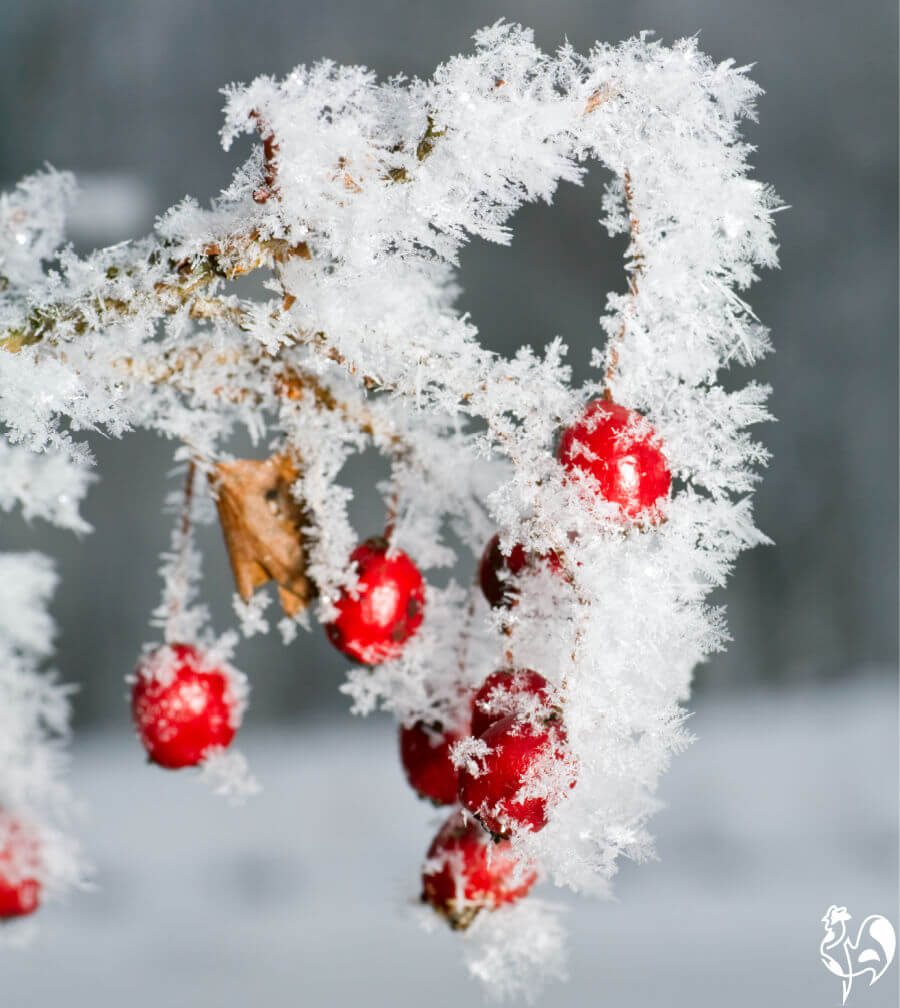
Traditionally, rose hips should be harvested after the first frost of autumn (fall) when the rose has had time to add some sugar to the hips. Before that they can taste bitter.
The frost will make them bright red, softer than before and with a sweeter flavour.
These days, though, climate change means that some regions won't have a frost until later in the winter, which runs the risk of the hips turning brown and becoming mouldy.
So if you're not forecast to have any frost, pick them when they look red and plump, and are slightly soft to the touch. Then put them in your freezer for 24 hours.(6).
Allow to defrost naturally, then follow the instructions for drying out as below.
They should twist off the bush easily but if not, use scissors, as close to the bottom of the base of the hip as possible.
Trim off the stems and the dead blossoms before laying them out to dry.
How to make dried rose hips, the natural way.
You'll see information on blogs saying you need to de-seed the hips before feeding them. This is for human consumption – the hairs surrounding the seeds are tough and can cause stomach problems.
Chickens aren't people and don't have that issue, so you can feed the complete hip.
However, hips fresh from the plant tend to be quite hard. They'll be better accepted if they're dried and ground into a powder.
Don't cook them in water. The vitamin 'C' leeches into the liquid and you'll lose the benefit.
Drying them is very simple. No need to cut: spread them whole, in a single layer on a plate or tray. Don't use aluminium which, like water, can reduce the vitamin 'C' content. I keep it simple by using old ceramic plates.
To dry naturally, allow them to sit in the sun until they're a darker shade of red, look shrivelled and are hard to the touch.
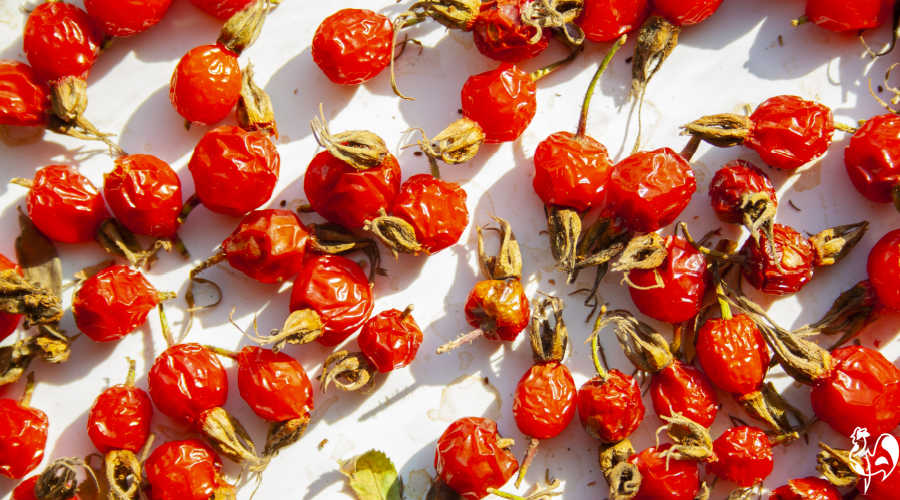 These hips are not yet ready - wait till the skin turns dark red.
These hips are not yet ready - wait till the skin turns dark red.What if you don't have enough sun to dry the hips?
If it's too cold outside to have any hope of your carefully harvested hips drying out, spread them in a single layer on a tray lined with baking paper.
Dry them in a dehydrator or in the oven, on the very lowest setting. How long they will take depends on their size, but anything between 5 and 7 hours in an oven is about right.
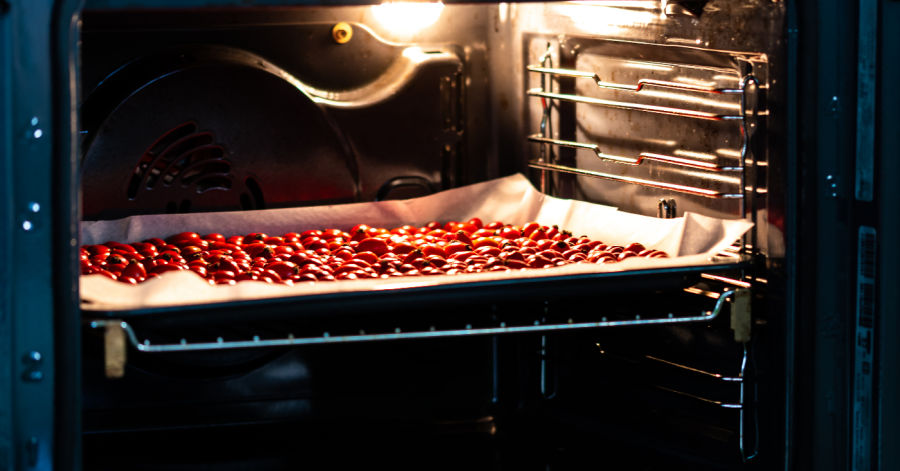 No sun? Rose hips can be dried on a very low heat in the oven.
No sun? Rose hips can be dried on a very low heat in the oven.Storing rose hips for your chickens.
After drying out, the hips should be hard and brittle to the touch.
Once they've reached that stage they can be stored in an airtight glass jar and left in a cool, dry place until you're ready to use them.
No time to make dried rose hips? No problem – buy them!
Where to buy rose hips.
It's always best, if you can, to harvest hips from rose bushes grown in your own garden. Alternatively, pick them from a local hedgerow you know has been allowed to grow naturally, without the use of pesticides.
But sometimes that's just not realistic. In which case it's possible to buy ready-dried hips, either locally or online.
Make sure they're organic. The last thing you want to do is add chemicals into your chickens' diet.
Buying hips locally.
If you're lucky, you'll be able to buy dried hips at a local market, in your feed store or from a herbalist. Keep a lookout for them from mid-autumn (in the northern hemisphere mid September) to mid-winter (around the end of December).
The hips should be a dark red in colour and not have stalks or leaves attached.
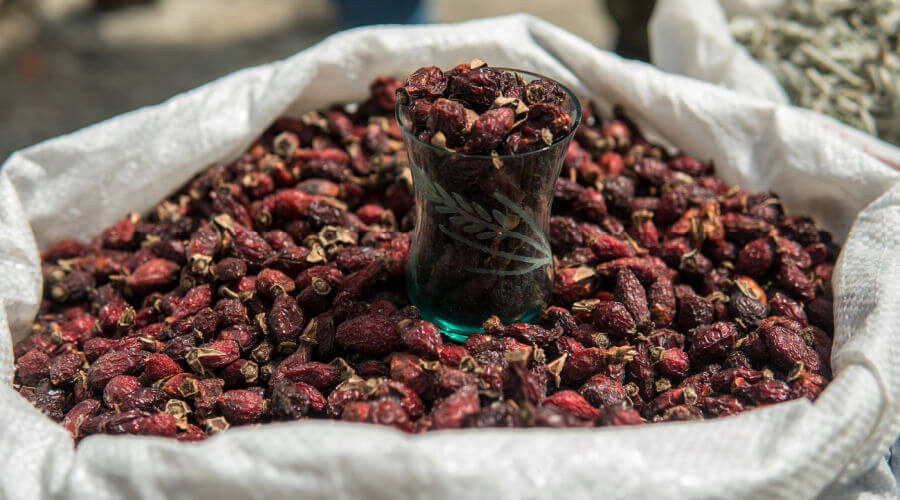 Dried dog rose hips at market - make sure they've not been chemically sprayed.
Dried dog rose hips at market - make sure they've not been chemically sprayed.Where to buy hips online.
Buy a good, organic brand which doesn't have added chemicals.
These hips are a good example (this is an "affiliate link", which means that if you click and buy something, I earn a small commission at no extra cost to you).
How best can chickens be encouraged to eat rose hips?
After you've harvested and dried the rosehips, simply grind them into a gritty powder using a pestle and mortar.
Then add to your dry or fermented chicken food at the rate of between 10 and 20 grammes per kilo (about half an ounce to each 35 oz) of feed.
Be careful with your measurements. Remember the study results: even a little over this amount can actually have negative effects. 30 grammes to one kilo (one ounce to 35 oz) was shown to have pro-, rather than anti- oxidant effects(2).
May you and your chickens enjoy many seasons of the nutritious rose hip!
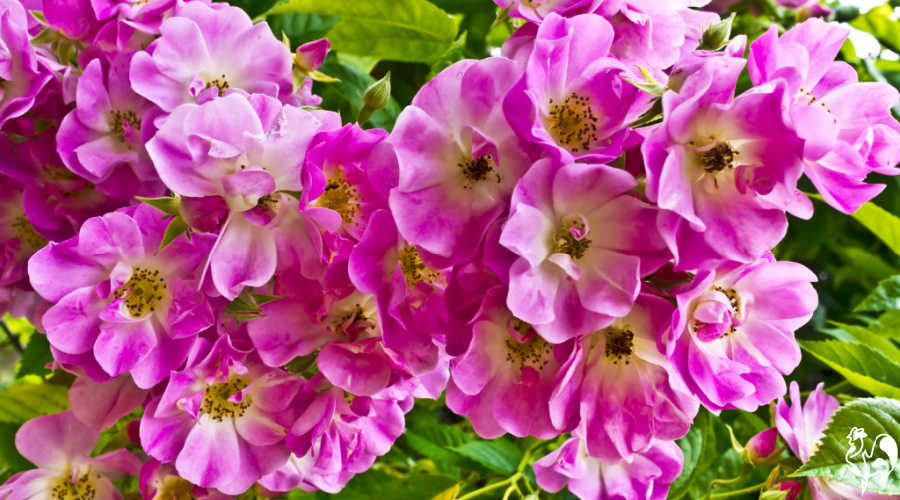 The distinctive flowers of the dog rose.
The distinctive flowers of the dog rose.Other articles about natural chicken keeping.
Sources and further reading.
How do I know about this research? In 2006, reviewed and updated in 2016, the European Union banned the use of "subtherapeutic antibiotics" which had been used as a matter of course in animal husbandry for many years – and still are, in most other countries including the United States.
Since then, there has been a need to find natural alternatives, substances which will improve animals' immunity and health without having negative effects on the animal, the consumer and the environment.
That need has been the incentive for research to find organic products, of which the rose is one.
The information in this article is based on that research, as well as my own experience in its practical application. The documents referred to below are just a small part of that.
1. Lundman, S, and Corleone, J: What are the benefits of eating rose petals? Pub. Livestrong, 2019.
2.Tekeli, A: Effect of rosehip fruit (rosa canina) supplementation to rations of broilers grown under cold stress conditins on some performance, blood, morphological, carcass and meat quality characteristics. Pub. Journal of European Poultry Science, 2013.
3. Bown, D: Encyclopedia of herbs and their uses. Pub. Royal Horticultural Society, 1996.
4. Szalay, J: What are carotenoids? Pub. Live Science, 2015.
5. Bohm, V., Frohlich, K. and Blitsch, R: Rosehip: a new source of lycopene? Pub. Molecular Aspects of Medicine, 2003.
6. Gardening Know How: When and how to harvest rosehips.
- Home
- Plants for Chickens
- Roses and hips
